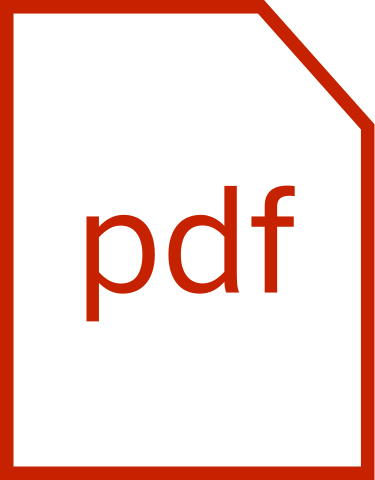Proceedings of the IEEE Releases Special Issue on Electronic Design Automation
Piscataway, NJ (PRWEB) January 20, 2016 -- Proceedings of the IEEE, the most highly cited general-interest journal in electrical engineering and computer science, has released a special issue on the evolution of Electronic Design Automation (EDA) and its future developments.
The issue, led by four world-leading guest editors, Robert Brayton, Luca P. Carloni, Alberto L. Sangiovanni-Vincentelli, and Tiziano Villa, has brought together for the first time multiple perspectives on the future of EDA and the challenges ahead with contributions from a variety of prominent authors.
The 15 invited papers are organized across six main themes: simulation and circuit design, physical design and timing analysis, equivalence checking and formal verification, microarchitectural and logic optimization, system design, and nanotechnology and biodesign automation.
“Design automation is essential to the advancement of all engineering disciplines,” says Professor Brayton, who received his Ph.D. in mathematics from the Massachusetts Institute of Technology (MIT) and is an IEEE Fellow. “We expect its importance to grow continuously with the assistance of automation and the development of new technologies. Without EDA, large systems such as massively parallel and distributed systems, would never have been enabled as replacements of standard computer systems architectures.”
Highlighted papers from the issue include:
“A Platform-Based Design Methodology with Contracts and Related Tools for the Design of Cyber-Physical Systems” by P. Nuzzo, A. L. Sangiovanni-Vincentelli, D. Bresolin, L. Geretti, and T. Villa suggests a platform-based design methodology that shows how contracts can address the complexity and heterogeneity of cyber–physical systems by providing formal support to the entire system-design flow in a hierarchical and compositional way.
“System Design Automation: Challenges and Limitations” by J. Sifakis discusses to what extent the VLSI-design paradigm can be transposed to hardware/software systems that interact continuously with an external environment, through the application of the principles of separation of concerns, component-based design, semantic coherency, and correctness by construction.
“Toeplitz-Plus-Hankel Matrix Recovery for Green’s Function Computations on General Substrates” by R. Y. Zhang and J. K. White illustrates how all elements of an implicitly defined Toeplitz-plus-Hankel (TPH) matrix can be recovered by sampling four or five carefully selected columns, and then using a linear least squares scheme to recover the rest of the matrix.
“Boolean Computation Using Self-Sustaining Nonlinear Oscillators” by J. Roychowdhury shows how Boolean computation using a wide variety of natural and engineered oscillators becomes possible by illustrating the inherent noise-immunity advantages of phase-encoded logic over traditional level-based logic.
“From Latency-Insensitive Design to Communication-Based System-Level Design” by L. P. Carloni discusses the challenges of engineering system-on-chip platforms as they have become distributed systems and proposes a new design paradigm to cope with their complexity.
The special issue also covers several papers on synthesis and verification, including:
• The relationship between logic synthesis and emerging nanotechnologies.
• A framework to address the challenges of applying logic synthesis techniques to genetic logic devices.
• The important contributions made to modern Boolean satisfiability solvers by the electronic design automation community to address synthesis and verification problems.
• A formal methodology for verification and synthesis that integrates inductive learning with deductive reasoning.
• A method by which logic synthesis and formal verification can be achieved with a small number of input patterns.
To learn more about electronic design automation and this special issue, or to see the list of upcoming issues, visit the Proceedings of the IEEE’s website, LinkedIn or Facebook page.
About the Proceedings of the IEEE
Founded in 1912 and first published in early 1913 (originally as Proceedings of the IRE), Proceedings of the IEEE is the most highly cited general-interest journal in electrical engineering and computer science. This journal provides the most in-depth tutorial and review coverage of the technical developments that shape our world, enlisting the help of guest editors and authors from the best research facilities, leading-edge corporations and universities around the world. For more information on Proceedings of the IEEE and the latest ideas and innovative technologies, visit http://www.ieee.org/proceedings, LinkedIn and Facebook.
About IEEE
IEEE, the world’s largest technical professional association, is dedicated to advancing technology for the benefit of humanity. Through its highly cited publications, conferences, technology standards, and professional and educational activities, IEEE is the trusted voice on a wide variety of areas ranging from aerospace systems, computers and telecommunications to biomedical engineering, electric power, and consumer electronics. Learn more at http://www.ieee.org.
Lauren Russ, Connect Communications, http://www.ieee.org/publications_standards/publications/proceedings/index.html, 773-868-0966, [email protected]

Share this article